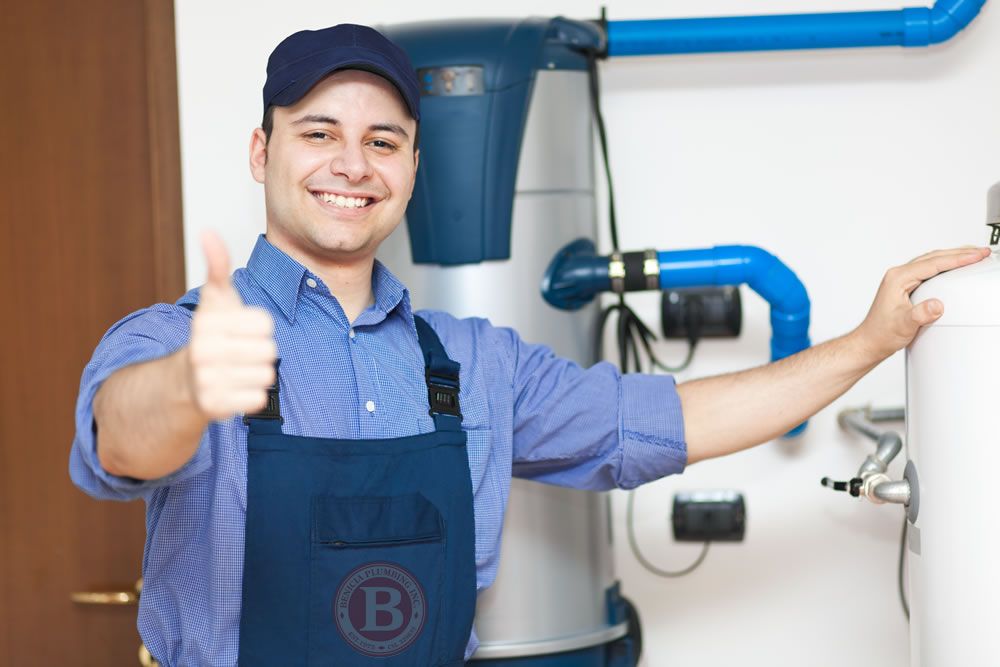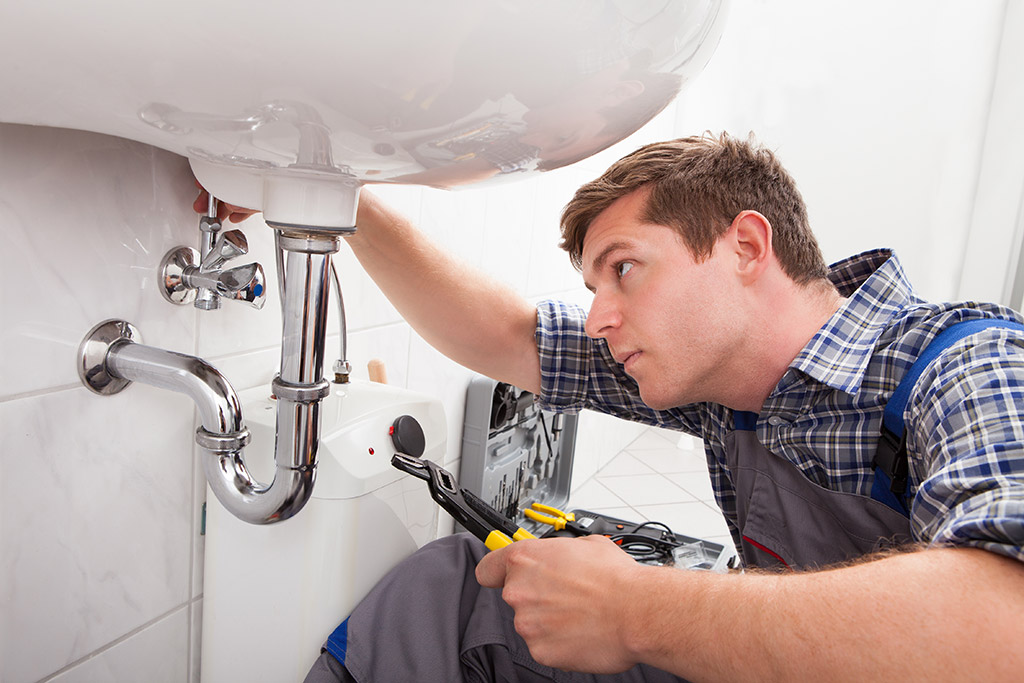Inexpensive Plumbing Services Alabaster AL for Every Budget
A Detailed Overview to Efficient Water Heating Unit Setup for Optimal Performance
Beginning on the job of setting up a water heater is an endeavor that demands precision and a systematic technique for accomplishing optimum performance. As you proceed, the details of linking water supply lines and setting up trusted electrical or gas connections await, appealing insights right into making certain effectiveness and integrity.
Choosing the Right Water Heating System

Next, think about the dimension and ability of the hot water heater. It's important to examine your house's warm water needs, which can vary based on the number of owners and their use patterns. A device that's too small may result in inadequate hot water, while an extra-large model might result in unnecessary energy consumption.
Efficiency ratings also play a critical function in choice. Search for water heating units with high Energy Element (EF) scores, suggesting remarkable efficiency and minimized power usage. Tankless designs, though usually a lot more costly in advance, offer substantial energy savings with time as a result of their on-demand home heating capacities.
Preparing the Setup Area
Before installing a brand-new hot water heater, careful preparation of the installation location is crucial. This makes certain a smooth setup process and helps prevent future difficulties (Plumbing Alabaster AL). Begin by selecting an ideal place that complies with neighborhood building regulations and security standards. The location must be dry, well-ventilated, and accessible for upkeep. It's vital to gauge the area carefully to suit the hot water heater's measurements, making sure sufficient clearance around the device for effective procedure and servicing.
Check the floor for stability, as the water heater will certainly require a strong, degree surface to operate efficiently. If required, set up a drip pan beneath the unit to capture possible leakages or spills, stopping water damage to the surrounding area.
Additionally, ensure that all necessary devices and products are on hand before commencing the installment. This consists of products such as wrenches, screwdrivers, a level, and any added equipment required for protecting the heating unit and installing. A well-prepared installation location sets the foundation for an effective hot water heater setup, enhancing efficiency and safety.
Connecting Water Supply Lines
When attaching water system lines to your newly mounted hot water heater, it is vital to guarantee that all links are leak-free and protected to keep effective operation and stop water damage. Begin by recognizing the hot and cool water system lines. The cold water inlet is commonly marked with a blue tag or a "C", while the warm water electrical outlet is marked with a red tag or an "H".
Usage flexible water heating unit adapters to help with a less complicated installation process. Before connecting the adapters, position a plumber's tape around the threaded ends of the water heater's inlet and outlet pipes.
When connections remain in area, gradually switch on the main supply of water valve. Examine each connection for leaks by visually feeling and checking for moisture. Tighten links as needed, and ensure the pressure relief valve is properly mounted, guarding versus too much stress build-up.
Setting Up Electric or Gas Links
Appropriately establishing up the electric or gas links for your hot water heater is a vital step to guarantee effective and safe operation. For electrical hot water heater, start by confirming that the electrical circuit is suitable with the heating unit's voltage and amperage requirements. Ensure the power supply is company website turned off at the breaker to stop mishaps. Connect the electric cables to the heater adhering to the maker's electrical wiring diagram. Typically, this entails linking the ground wire to the environment-friendly terminal, and the staying wires to their equivalent terminals, protecting each with wire nuts.
For gas hot water heater, safety is vital. Confirm that the gas supply is off prior to continuing. Connect the gas line to the hot water heater utilizing an adaptable gas connector, guaranteeing it is properly threaded and secured with pipe joint substance or Teflon tape suitable for gas links. Tighten up the connections with a wrench, taking treatment not to over-tighten (Drain Cleaning Alabaster AL).
When links are made, inspect for any prospective leakages. For gas lines, use a soapy water solution to the joints; bubbles indicate a leak. For electrical links, ascertain that all circuitry is secure and correctly protected, preserving conformity with neighborhood electric codes.
Evaluating and Adjusting for Performance
With the electric and gas links firmly in position, the following action is reviewing the functional performance of your hot water heater. Begin by thoroughly turning on the supply of water and guaranteeing there are no leakages at any one of the shutoffs or joints. Once confirmed, proceed to fill the tank, focusing on the pressure and temperature level setups. It is a good idea to establish the thermostat to a suggested temperature of around 120 ° F(49 ° C) to balance energy efficiency and convenience.
Next, carry out a complete assessment to guarantee the burner or gas heaters are working Going Here correctly. For electrical heating units, utilize a multimeter to validate if the aspects are drawing the appropriate current. In gas versions, observe the burner fire; it should be consistent and blue, suggesting efficient burning.
Change the settings as necessary to get rid of inefficiencies. Take into consideration carrying out insulation measures, such as including a water heating unit covering, to even more boost performance by decreasing warm loss. Furthermore, check the anode pole's condition, as a tatty rod can reduce performance and bring about tank deterioration.
Final Thought
Effective water heating unit installment is original site critical for making certain optimum efficiency and power savings. By selecting the ideal type and dimension, and meticulously preparing the setup location, a structure for success is established. Securely linking water lines and thoroughly establishing electric or gas links minimize prospective problems. Detailed testing for leaks and exact thermostat changes to 120 ° F boost reliability and efficiency. Sticking to these steps advertises long-lasting capability and power preservation in residential water heating systems.

Correctly setting up the electrical or gas connections for your water heating unit is a critical action to ensure safe and efficient operation. For electric water heaters, begin by verifying that the electrical circuit is suitable with the heating system's voltage and amperage requirements. Attach the gas line to the water heating system making use of an adaptable gas adapter, guaranteeing it is appropriately threaded and secured with pipeline joint compound or Teflon tape suitable for gas connections.